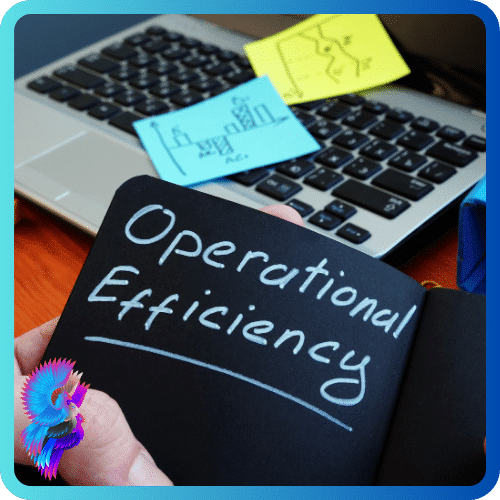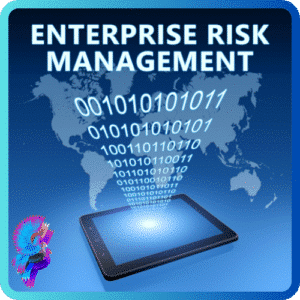Advertisements
Navigating the Future with Purpose
Introduction:
Strategic planning is a systematic and disciplined process that organizations undertake to define their direction, make informed decisions, and allocate resources to achieve long-term goals.
It is a forward-looking approach that provides a roadmap for success, allowing entities to adapt to changing environments, seize opportunities, and navigate challenges.
This essay delves into the intricacies of strategic planning, examining its key components, methodologies, and the profound impact it has on organizational success.
I. Key Components of Strategic Planning:
1.Vision and Mission:
Strategic planning typically begins with the articulation of a clear vision and mission. The vision outlines the organization’s desired future state, while the mission defines its purpose and reason for existence.
These components serve as the guiding principles for strategic decision-making.
2.Environmental Analysis:
An in-depth analysis of the external environment is crucial for strategic planning. This involves assessing the political, economic, social, technological, and legal factors that may impact the organization.
Additionally, understanding market dynamics, competitor behavior, and industry trends is essential.
3.SWOT Analysis:
Internal analysis is conducted through a SWOT analysis, which identifies an organization’s strengths, weaknesses, opportunities, and threats.
This comprehensive assessment serves as the foundation for strategy formulation.
4.Goal Setting:
Based on the vision and mission, organizations set specific and measurable goals. These goals provide a clear direction for the organization, creating a framework for strategic initiatives and resource allocation.
5.Strategy Formulation:
Strategy formulation involves selecting the best course of action to achieve organizational goals.
This includes identifying strategic priorities, allocating resources, and developing action plans. Differentiation, cost leadership, and focus are common strategic approaches.
6.Implementation Plans:
Developing detailed implementation plans is a critical aspect of strategic planning. This includes defining roles and responsibilities, establishing timelines, and creating monitoring mechanisms to ensure the successful execution of the chosen strategies.
7.Performance Measurement:
Metrics and key performance indicators (KPIs) are established to measure progress toward strategic goals.
Regular monitoring and evaluation help organizations assess the effectiveness of their strategies and make necessary adjustments.
II. Methodologies in Strategic Planning:
1.Traditional Strategic Planning:
This approach involves a linear, step-by-step process, often conducted annually.
It is characterized by a structured sequence of environmental analysis, goal setting, strategy formulation, implementation, and evaluation.
2.Scenario Planning:
Scenario planning involves developing multiple future scenarios to anticipate various potential outcomes.
This approach helps organizations prepare for uncertainties and enhances their ability to adapt to different future conditions.
3.Strategic Management Frameworks:
Various strategic management frameworks, such as the Balanced Scorecard and the McKinsey 7S Framework, provide structured methodologies for strategic planning. These frameworks offer tools and models to guide organizations through the planning process.
4.Agile Strategic Planning:
In response to the dynamic nature of today’s business environment, some organizations adopt agile strategic planning methodologies.
This approach emphasizes flexibility, adaptability, and iterative decision-making to respond quickly to changing circumstances.
III. The Impact of Strategic Planning on Organizational Success:
1.Alignment of Efforts:
Strategic planning aligns the efforts of an organization by providing a unified vision and direction.
This alignment ensures that everyone within the organization is working toward common goals.
2.Resource Optimization:
By setting clear priorities and goals, strategic planning enables organizations to optimize the allocation of resources.
This ensures that financial, human, and technological resources are directed toward initiatives that contribute most significantly to overall success.
3.Enhanced Decision-Making:
Strategic planning provides a structured framework for decision-making.
This enables leaders to make informed choices based on a comprehensive understanding of the organization’s internal and external landscape.
4.Adaptability to Change:
Organizations that engage in strategic planning are better equipped to adapt to change.
The process encourages continuous environmental scanning and scenario analysis, allowing organizations to anticipate and respond to evolving conditions.
5.Improved Performance Measurement:
Through the establishment of performance metrics and KPIs, strategic planning facilitates effective performance measurement.
Regular assessments enable organizations to gauge progress, identify areas for improvement, and celebrate successes.
Conclusion:
In conclusion, strategic planning is a dynamic and essential process for organizations seeking long-term success.
By carefully analyzing their internal and external environments, setting clear goals, and formulating effective strategies, organizations can navigate the complexities of the business landscape with purpose and resilience. The impact of strategic planning extends beyond the development of a roadmap; it permeates the culture, decision-making processes, and overall success of an organization, making it an indispensable tool for those aiming to thrive in an ever-changing world.
Advertisements
























